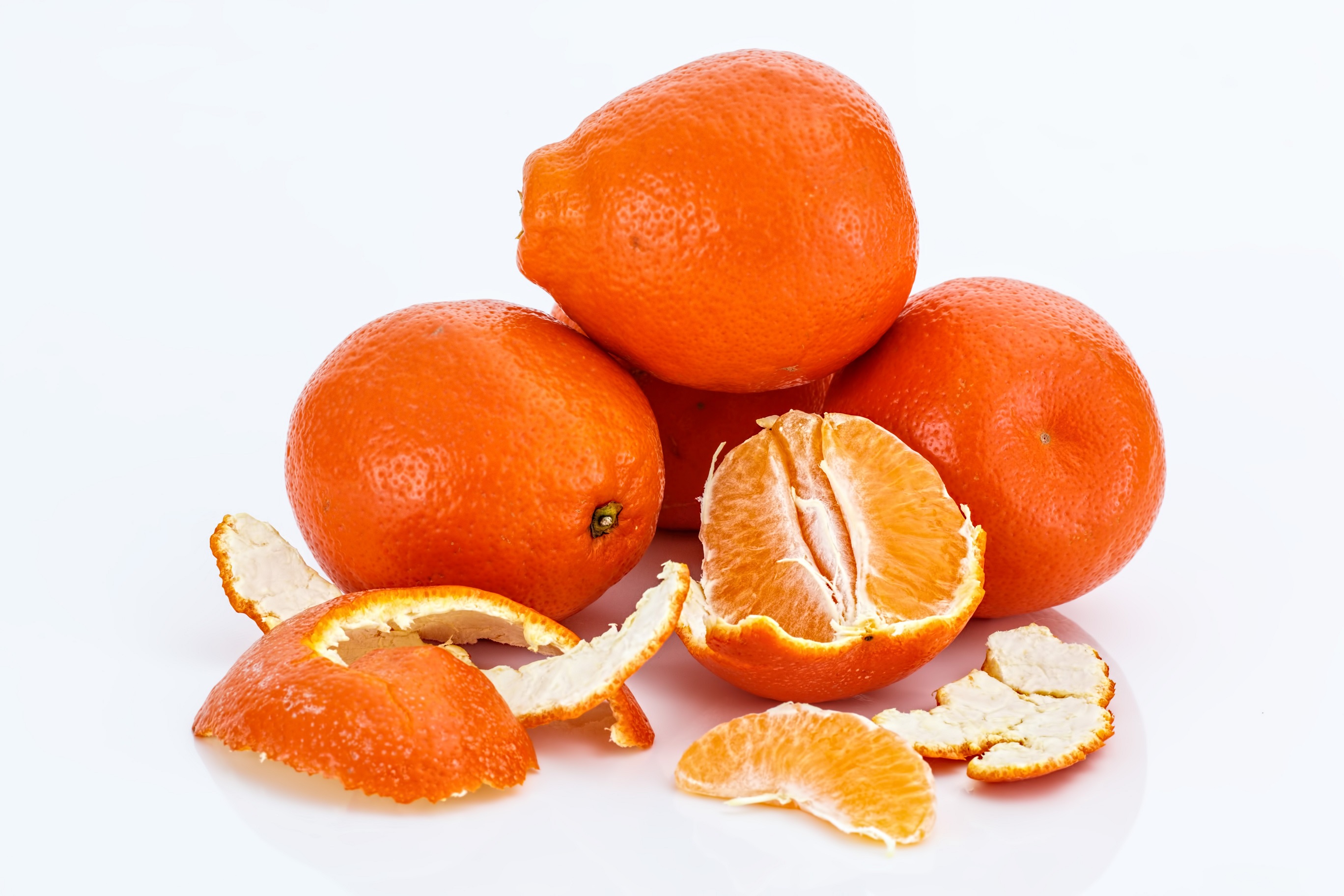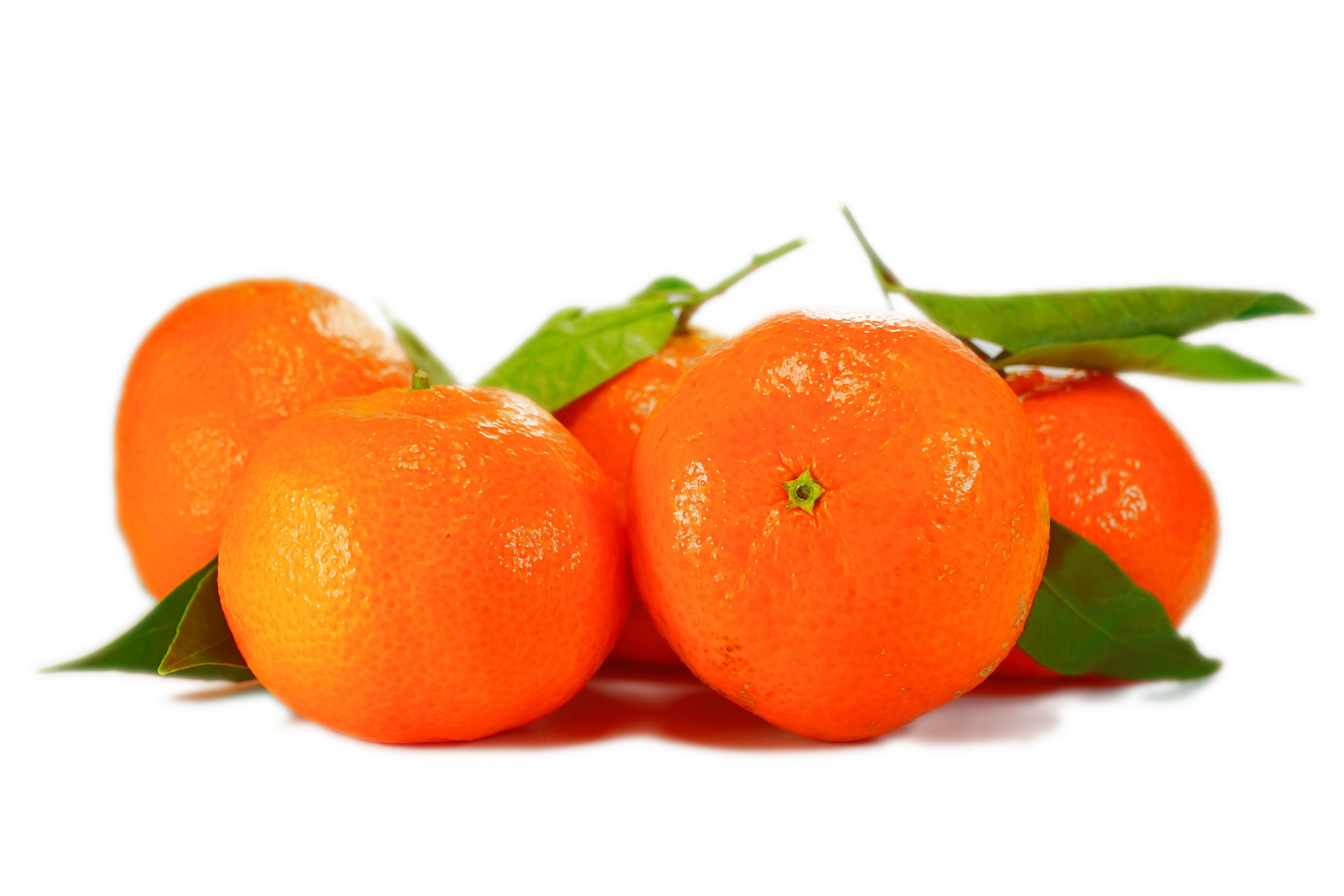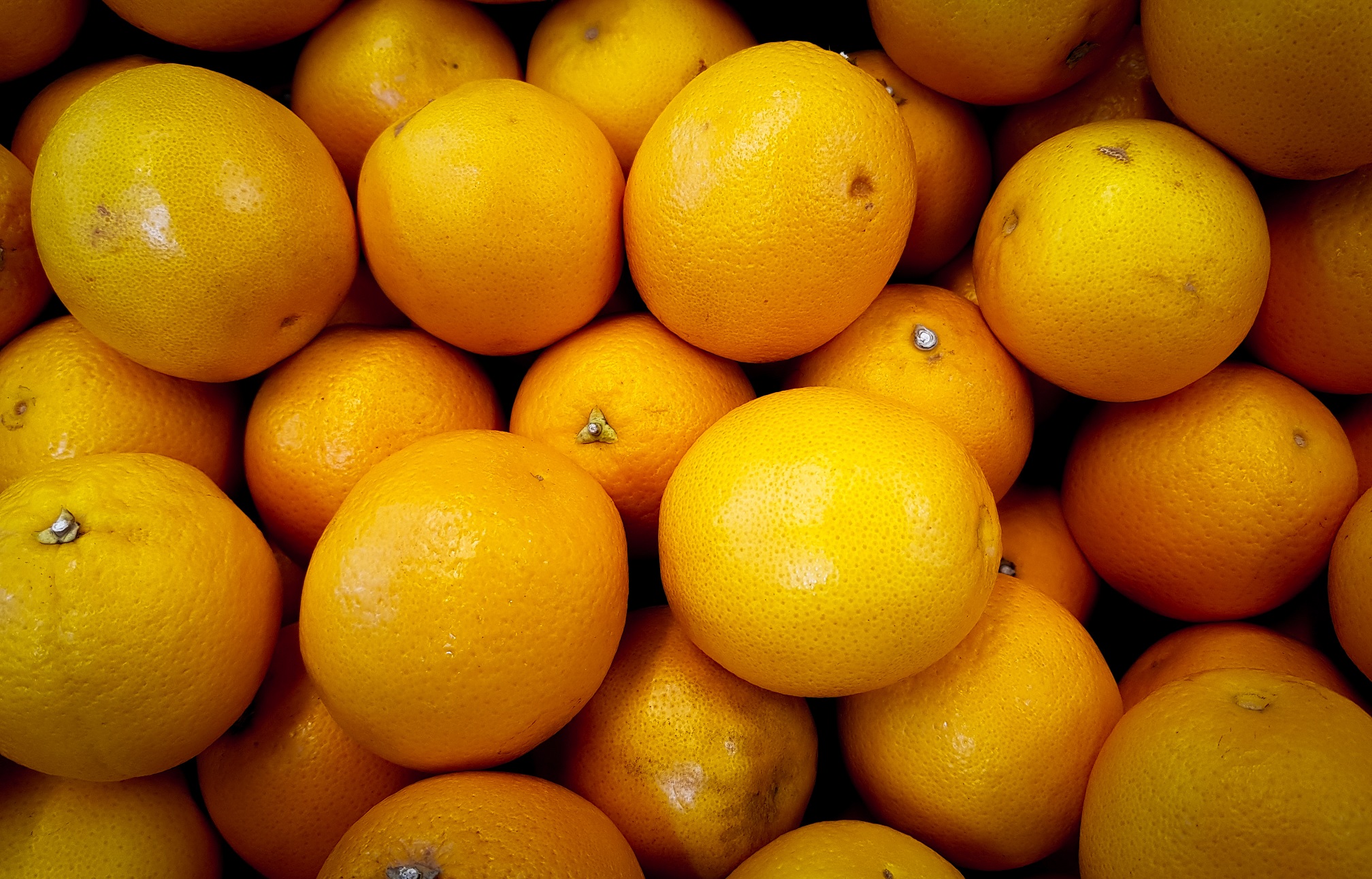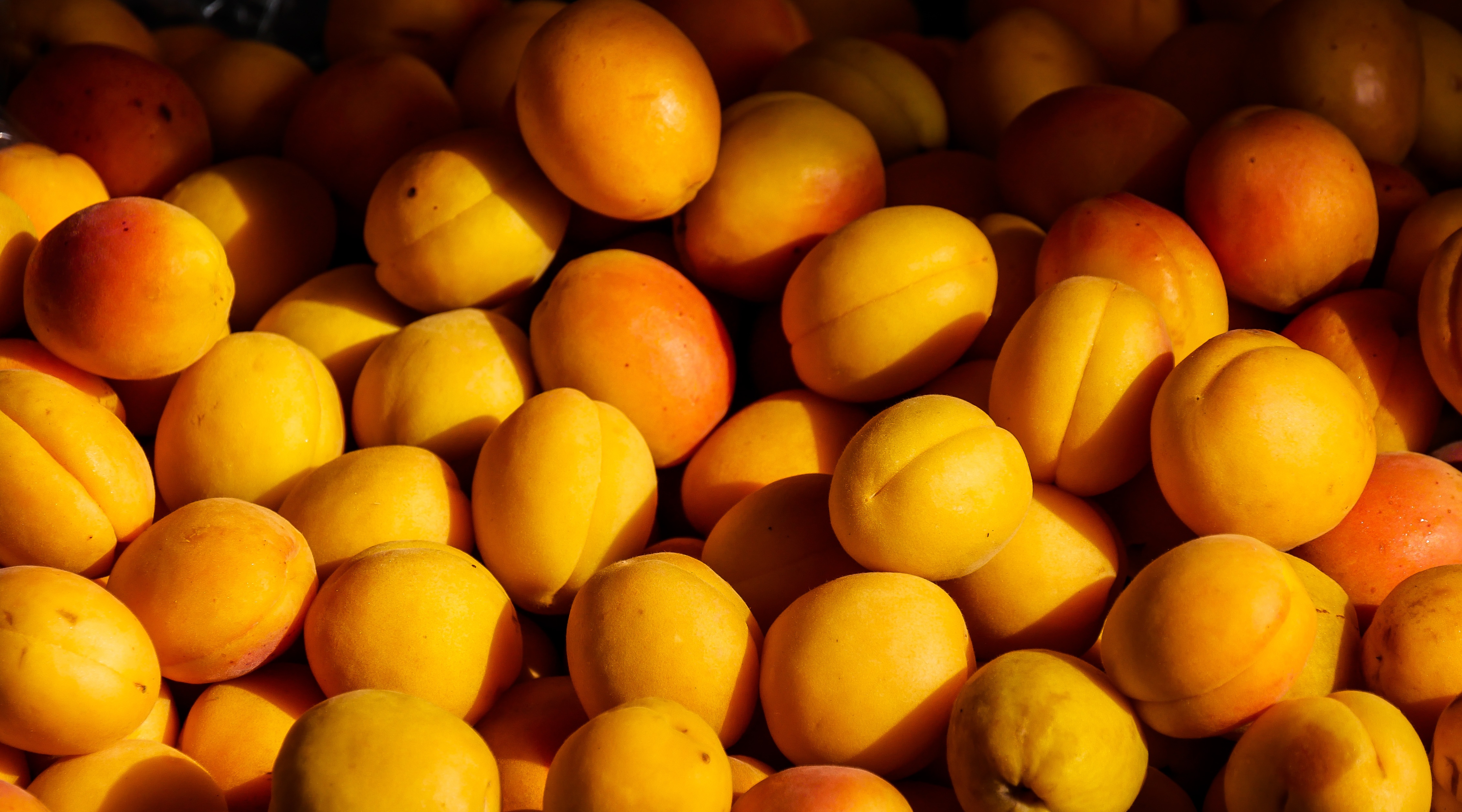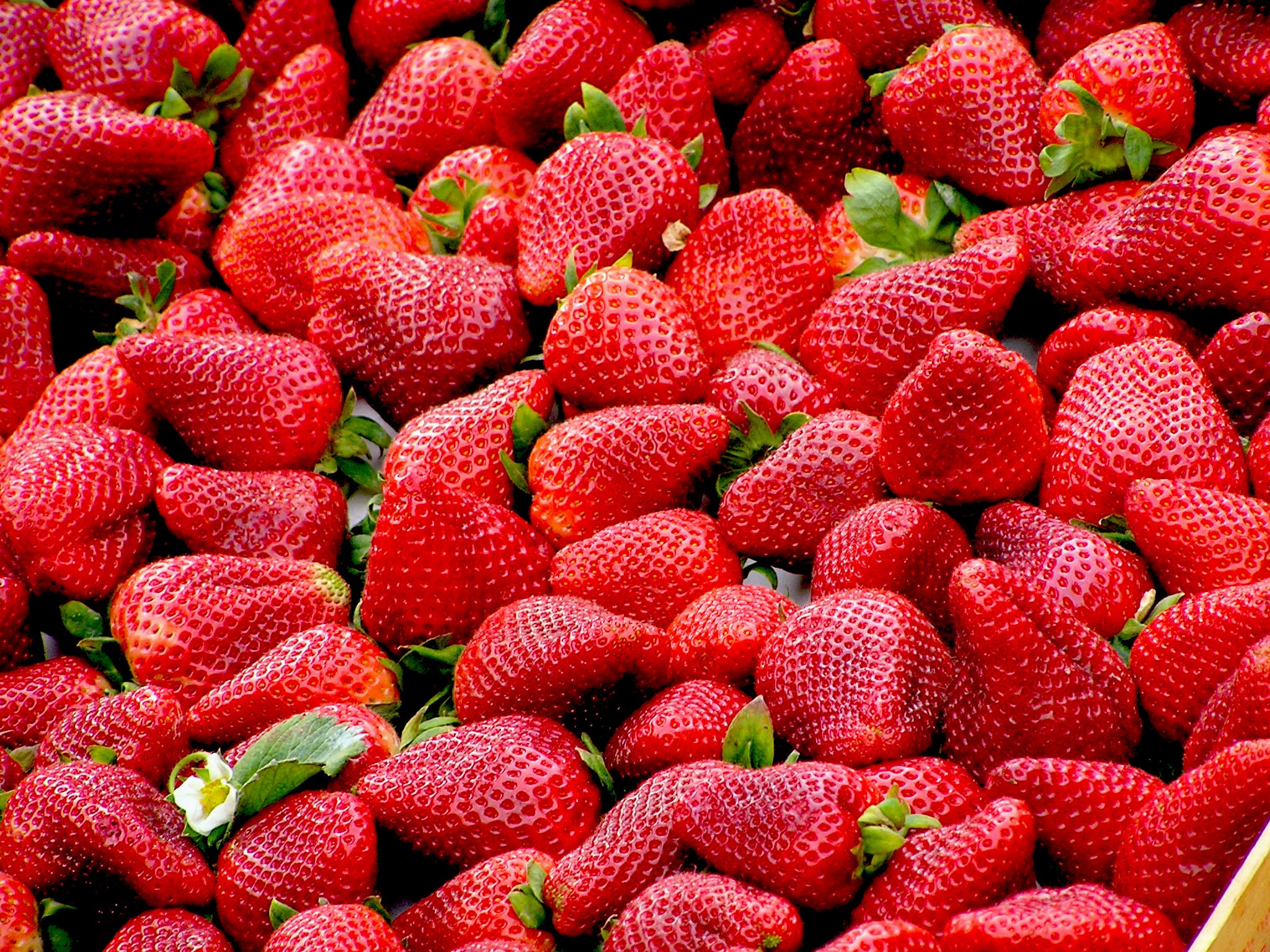Description
The tangerine (Citrus tangerina) is a group of orange-colored citrus fruit consisting of hybrids of mandarin orange (Citrus reticulata).
The name was first used for fruit coming from Tangier, Morocco, described as a mandarin variety.
Tangerines are smaller and less rounded than common oranges. The taste is considered less sour, as well as sweeter and stronger, than that of an orange.
Peak tangerine season lasts from autumn to spring. Tangerines are most commonly peeled and eaten out of hand. The fresh fruit is also used in salads, desserts and main dishes.
Tangerines contain 85% water, 13% carbohydrates, and negligible amounts of fat and protein. Among micronutrients, only vitamin C is in significant content (32% of the Daily Value) in a 100 gram reference serving, with all other nutrients in low amounts.



